Waveshare RP2040-Zero(1pcs), Pico-Like MCU Board, Based
Waveshare RP2040-Zero(1pcs), Pico-Like MCU Board, Based on Raspberry Pi RP2040 Mini Version, Castellated Module Suitable for SMD Applications
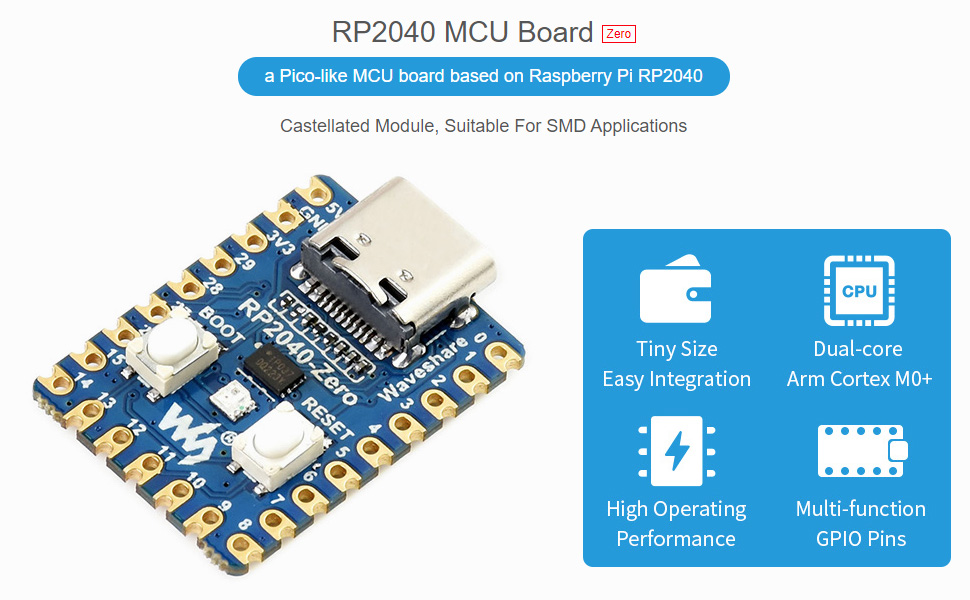
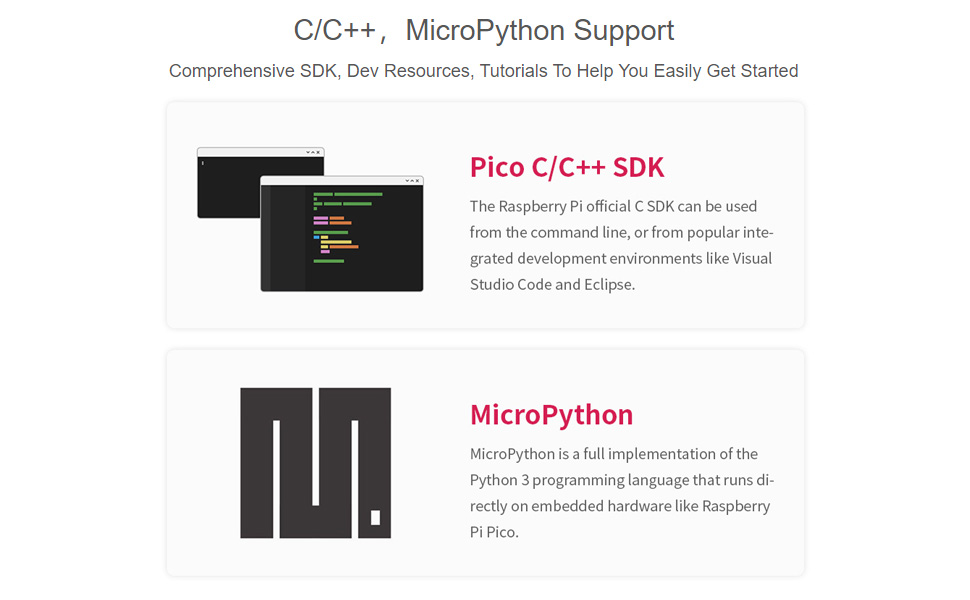
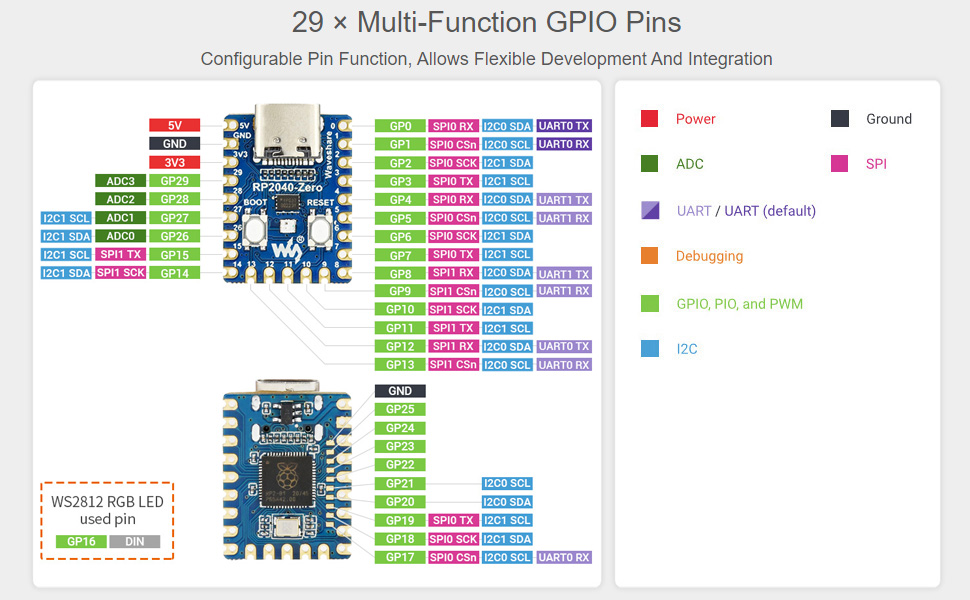

- USB Type-C connector
- W25Q16JVUXIQ 2MB NOR-Flash
- BOOT button press it when resetting to enter download mode
- RESET button
- WS2812 cool RGB LED
- ME621 low dropout LDO, max current 800MA
- RP2040 dual-core processor, up to 133MHz operating frequency
- RP2040 pins 10x solder points, 9 of which are for GPIO
| Weight: | 10 g |
| Dimensions: | 6.9 x 5.1 x 2.4 cm; 10 Grams |
| Brand: | Waveshare |
| Model: | RP2040-Zero |
| Batteries Included: | No |
| Manufacture: | Waveshare |
| Dimensions: | 6.9 x 5.1 x 2.4 cm; 10 Grams |
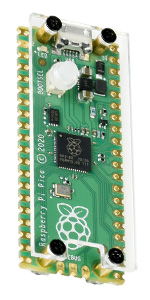

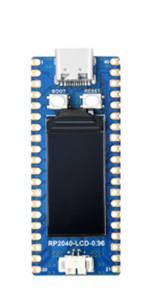
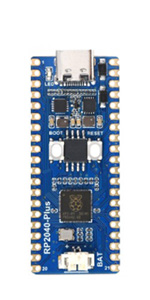
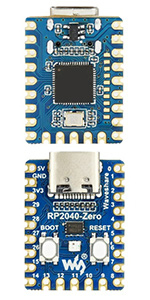
This is a great little dev board for the RP2040. I love this form factor which is similar in size to the Seeeduino XIAO (about the size of a postage stamp) but has way more pins exposed for more complicated projects. In addition to the 18 pins (3 for power) exposed along the sides of the board, there are 5 additional pins on the back edge of the board and 9 exposed solder pads on the underside of the board for even more GPIO. I also really like that this board includes a built-in neo-pixel. However, I will warn that this board does not include a regular led which means that the BUILTIN_LED is not available and you won’t be able to run the standard “blink” hello world program.
While I normally work in PlatformIO and the Arduino framework, I decided to install CircuitPython on this board. It was a breeze to get setup and after the CircuitPython firmware is loaded, the device shows up as a circuitpy USB drive that I can use to directly edit python files. I tested using a simple program that writes to an SSD1306 128×64 display over I2C and an analog heart-rate sensor.
The only 2 things that I miss on this board are that there is no built-in wifi or bluetooth and that the board doesn’t have solder pads for connecting (and charging) a lipo battery (a feature I’m seeing in more and more dev boards). But both of these are minor grievances. Overall this is a great dev board that I’m sure will find it’s way into lots of my projects.